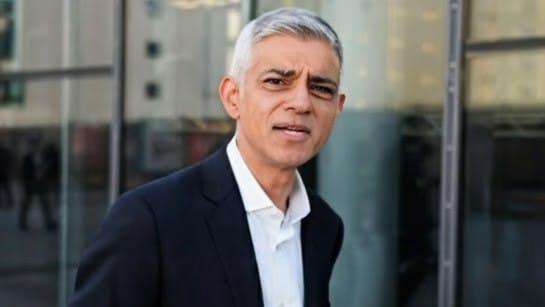London has achieved a historic clean air victory, meeting the UK's legal limits for toxic nitrogen dioxide (NO_2) pollution for the first time in 2024. This monumental achievement comes an astonishing 184 years earlier than the 2019 expert projection that had estimated it would take 193 years without further intervention. The success is primarily attributed to Mayor Sadiq Khan's bold air quality measures, most notably the Ultra Low Emission Zone (ULEZ).
New air quality data released by the Department for Environment, Food and Rural Affairs (Defra) confirmed that London met the Air Quality Standards regulations in 2024. Mayor Sadiq Khan, who has faced significant political opposition over his policies, especially the expansion of the ULEZ, described the news as "incredible" and a "historic milestone."
When he first took office, initial estimates from King's College London had suggested compliance would not be achieved for nearly two centuries. Khan's administration aggressively pursued policies to tackle air pollution, including introducing and then expanding the ULEZ to cover all London boroughs on August 29, 2023, creating the world's largest pollution charging zone of its kind.
The dramatic acceleration in air quality improvement has been praised by environmental experts. Professor Frank Kelly from Imperial College London's Environmental Research Group highlighted the "truly remarkable turnaround," noting that the ULEZ and other traffic management policies achieved in a few years what was once thought impossible.
Crucially, London is now compliant with the UK's annual mean NO_2 limit of 40% while other major UK cities, including Manchester, Birmingham, and Liverpool, continued to exceed these limits in 2024.
Impact on Drivers: Compliance, Charges, and Cleaner Fleets
The ULEZ has fundamentally reshaped London's vehicle fleet and, consequently, its road users.
- High Compliance Rate: The success directly stems from the rapid reduction of polluting vehicles on London's roads. Latest figures indicate that nearly 97% of vehicles seen driving in London on an average day now meet the ULEZ emissions standards, up from just 39% in 2017. The London-wide compliance rate for ULEZ-subject vehicles reached 96.7% as of September 2024, a significant rise from 91.6% prior to the London-wide expansion in June 2023.
- Reduced Non-Compliant Traffic: This compliance rate means the vast majority of drivers are not affected by the daily £12.50 charge. The number of non-compliant vehicles detected in London on an average day has been cut by 58% since the full expansion, representing nearly 100,000 fewer older, more polluting vehicles.
- The Daily Charge: For the small percentage of drivers whose vehicles do not meet the standards (generally pre-2006 petrol and pre-2015 diesel vehicles), the £12.50 daily charge remains a financial consideration. This charge, which applies 24 hours a day, seven days a week (excluding Christmas Day), acts as the key incentive for drivers to switch to cleaner models.
- Scrappage Scheme: To support the transition, the Mayor has implemented a significant scrappage scheme, providing grants (up to £2,000 for cars) to help London residents with non-compliant vehicles afford a cleaner replacement. This scheme remains active and is vital for assisting those drivers most financially impacted.
The long-term impact on drivers is a cleaner, healthier urban environment, although the immediate challenge for non-compliant vehicle owners is the cost of replacement or the daily fee.
Health and Future Goals
The main benefit is public health. The Mayor states that almost 10 million people are now breathing cleaner air. Improved air quality is expected to lead to:
- Fewer Illnesses: Reduced instances of stunted lung development in children and lower rates of illnesses linked to pollution, such as asthma, dementia, and heart disease.
- NHS Savings: Major cost savings for the NHS due to fewer emergency admissions for respiratory conditions. Asthma + Lung UK welcomed the news, noting its significance for the 600,000 people with lung conditions in Greater London.
The focus is now shifting to the even stricter World Health Organization (WHO) NO_2 guidelines, which Mayor Khan has pledged to meet by 2030, reinforcing the commitment to a healthier, greener London.








.svg)



